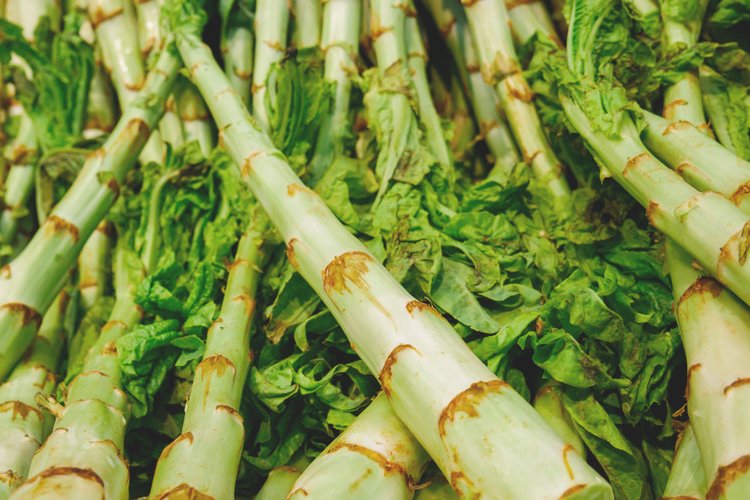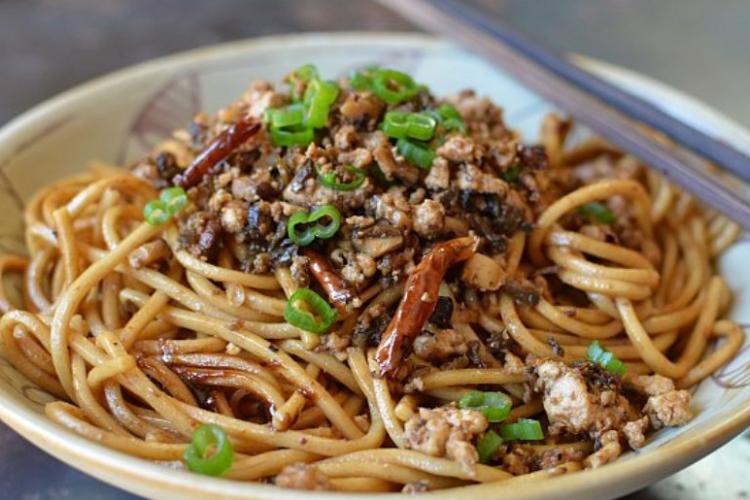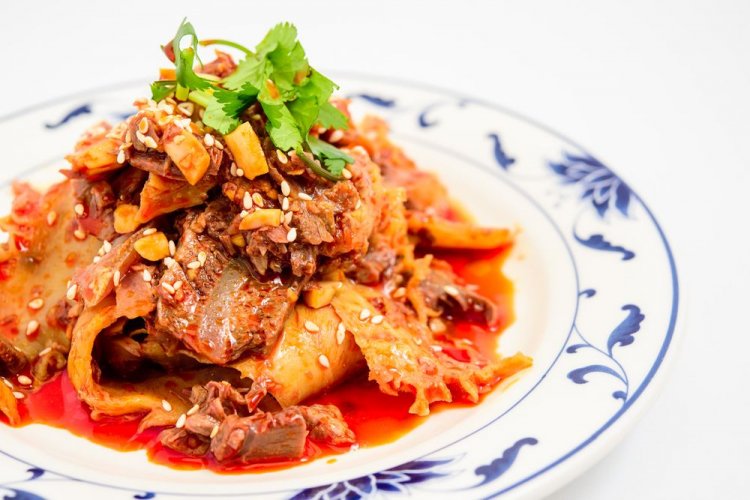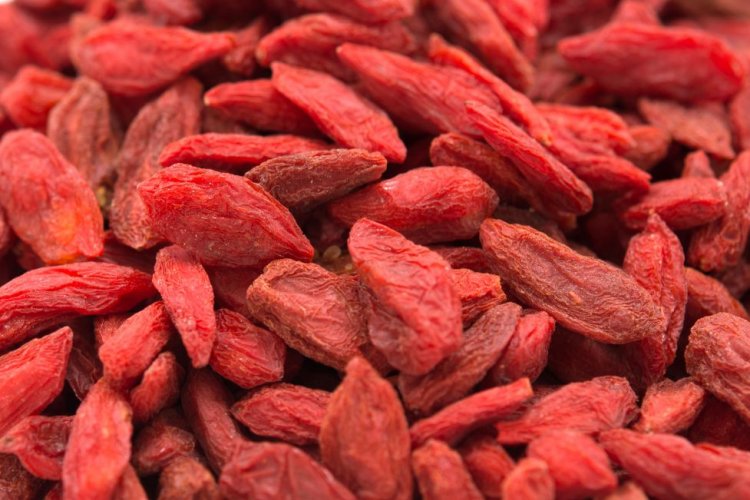Wokipedia: Three Chinese Food Words that Start with T
“Wokipedia” is a regular magazine column in which we introduce aspects of Chinese gastronomy, one letter at a time.
… tiěbǎnshāo铁板烧: The hot plate tradition that came to China from Japan in the 1980s may be best described to the uninitiated as the Eastern answer to “fajitas”. Tiebanshao, literally “metal plate roast,” comes to the dining table as a hot piece of iron upon which sizzles juicy pieces of meat and strips of vegetables. Sometimes fried noodles are also served this way. Culinary historians believe that this cooking method originated in Spain around the 15th and 16th centuries. The method was spread around the world by Spanish sailors who found this the best way to cook fish, giving birth to the Mexican fajita and Japanese tepinyaki traditions. Chinese hotel restaurants picked up the tradition after the country’s opening-up and reform and the cooking method has since become ubiquitous here. Popular renditions include tiěbǎnniúliǔ (铁板牛柳, hot iron beef) and tiěbǎnyóuyú (铁板鱿鱼, hot iron squid).
… tiáo条: The Chinese quantifier for anything that is long and thin naturally has its place in the kitchen. Miàntiáo (面条), or noodles, literally translating to flour strips, is a prime example. A useful twist on that usage would be the long Xinjiang pulled-noodles bathing in tomato sauce that are such a favorite. Those are called lātiáozi. However, anything that can be cut into strips or long pieces also becomes tiao. So potato strips would be "tǔdòutiáo" then? Good guess. Deep fry them and they become shǔtiáo (薯条), or French fries. Here’s another good tip: when ordering a dozen sausages don’t ask for “十二个香肠" (shí'èr gè xiāngcháng), instead ask for "十二条香肠" (shí'èr tiáo xiāngcháng), and you’ll be complemented on your good Chinese.
… tángcù lǐjí糖醋里脊: A popular choice at American Chinese restaurants, tángcù lǐjí, or sweet and sour pork, bears the crown in the kingdom of sweet and savory delicacies. While the dish appears in many of China’s regional cuisines, its most popular rendering is in Lucai, or Shanghai cuisine. That’s not surprising as sweetness is regarded as one of the defining factors of Lucai. Good Shanghai sweet and sour pork will be golden in color, crispy and the pork tenderloin fragrant. The meat is cut into strips, battered in egg, starch and flour before being deep fried in a pot of medium-hot oil. Some recipes suggest deep frying a few times to achieve the desired crispy outside and tender inside. The Shanghai recipe uses a mix of sugar, vinegar, cooking wine, ginger and starch to make the sweet and sour sauce that coats the fried meat. In Sichuan, the sauce recipe calls for tomato sauce or ketchup which acts as a thickening agent and tends to be tarter on the taste buds.
A version of this article appears in the February 2014 issue of the Beijinger:
Photo: duitang






